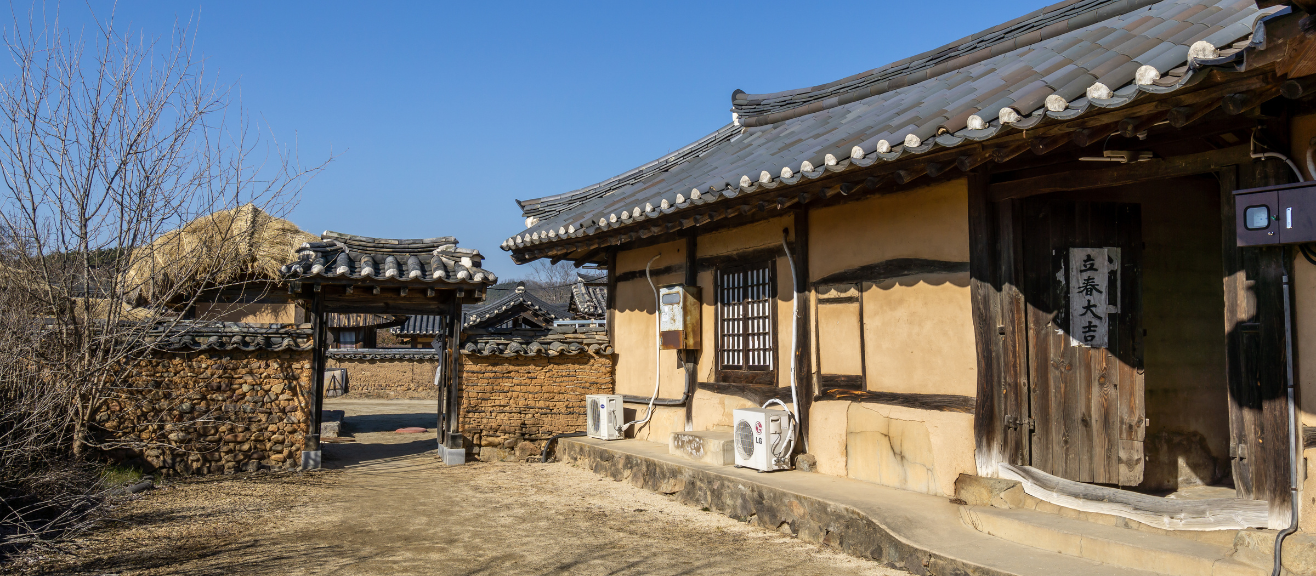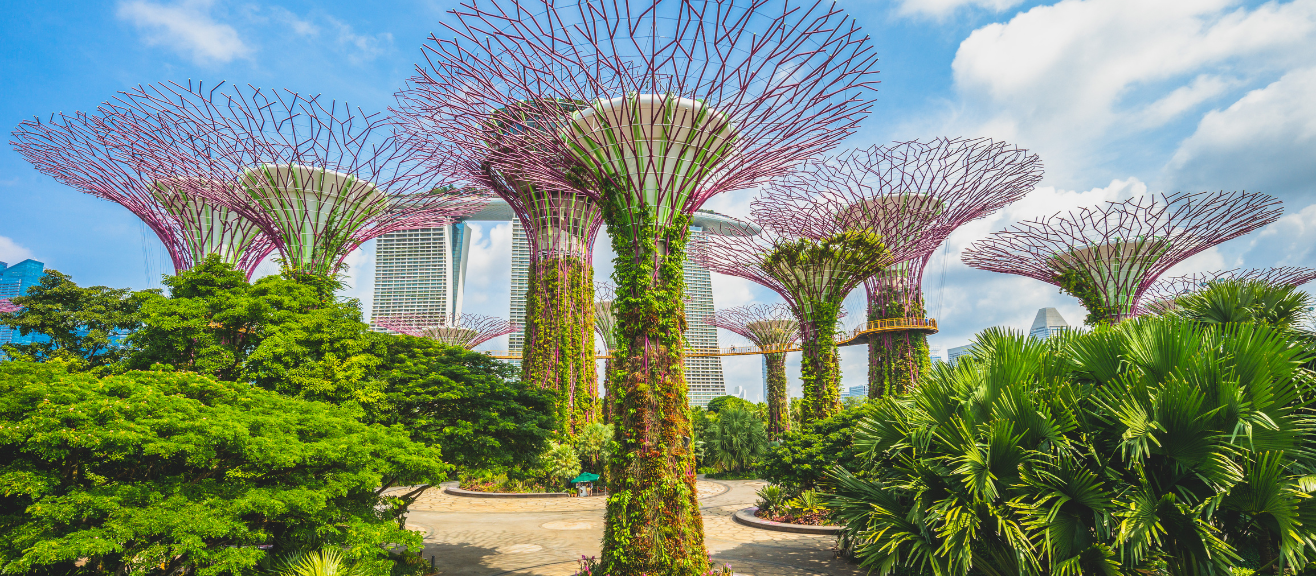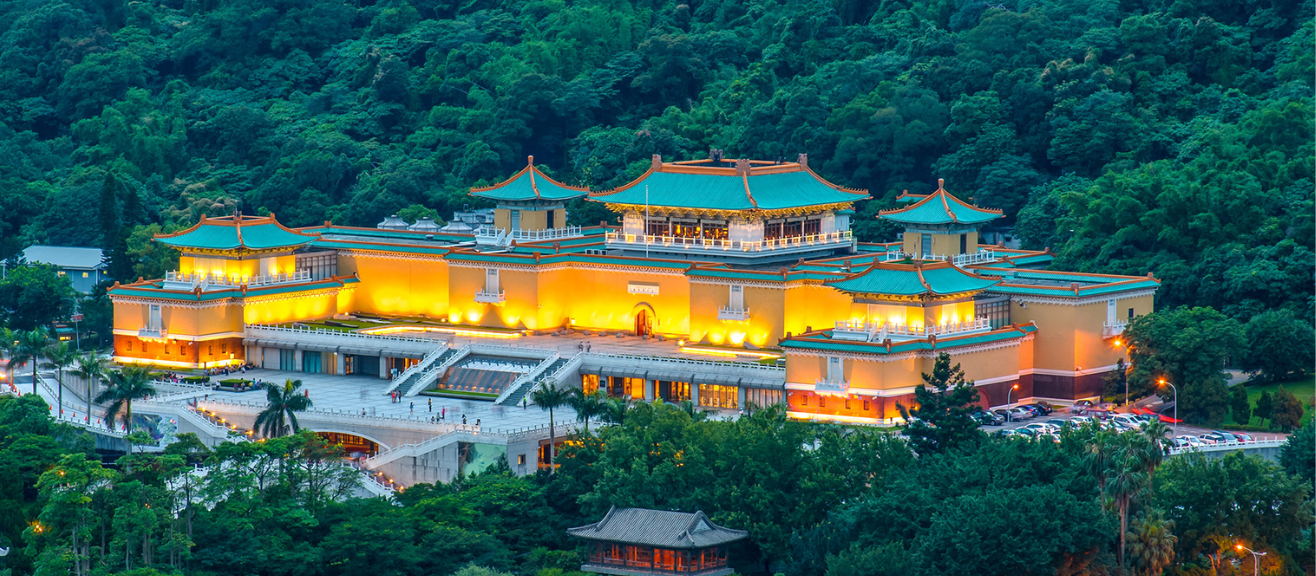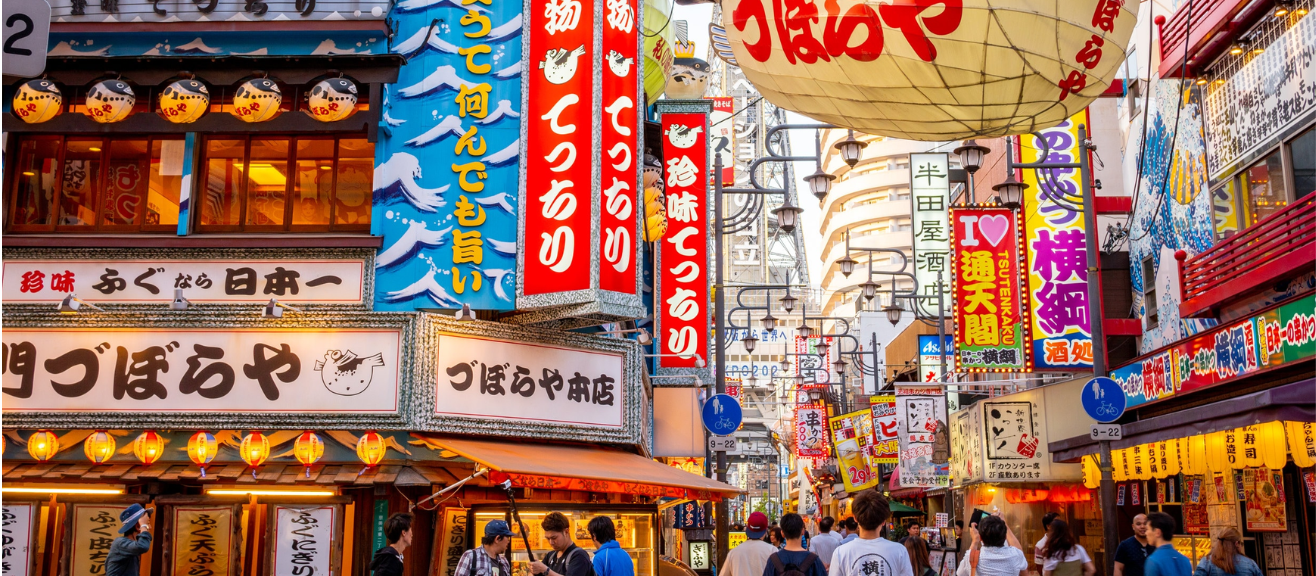Quick Overview of Jeju Folk Village
Jeju Folk Village is where tradition and culture merge into a beautifully preserved slice of Korean history. From the moment you step through the gates, you’re surrounded by traditional hanok houses, lively markets bustling with vibrant colors, and serene landscapes that feel like a peaceful retreat. The village is designed to immerse visitors in the authentic life of Jeju’s ancestors, with each corner offering a glimpse into their daily routines, architectural styles, and folk customs. As you stroll through the open-air site, hear the rhythmic sounds of artisans at work as they demonstrate ancient crafts like pottery, weaving, and blacksmithing. Local performers engage visitors with traditional games, folk dances, and music that echo Jeju's rich cultural heritage, creating a lively atmosphere that feels like stepping back in time. This iconic site showcases Jeju’s roots through authentic farming tools, carefully preserved hanok architecture, and the community spirit that has been passed down through generations. Whether you’re passionate about history or eager to experience traditional culture firsthand, Jeju Folk Village offers a truly memorable and enriching experience for all ages. Before embarking on your journey, don’t forget to secure your Jeju Folk Village tickets on laimi.com to enjoy a hassle-free visit, ensuring you have ample time to explore and soak in the island’s unique heritage at your own pace.
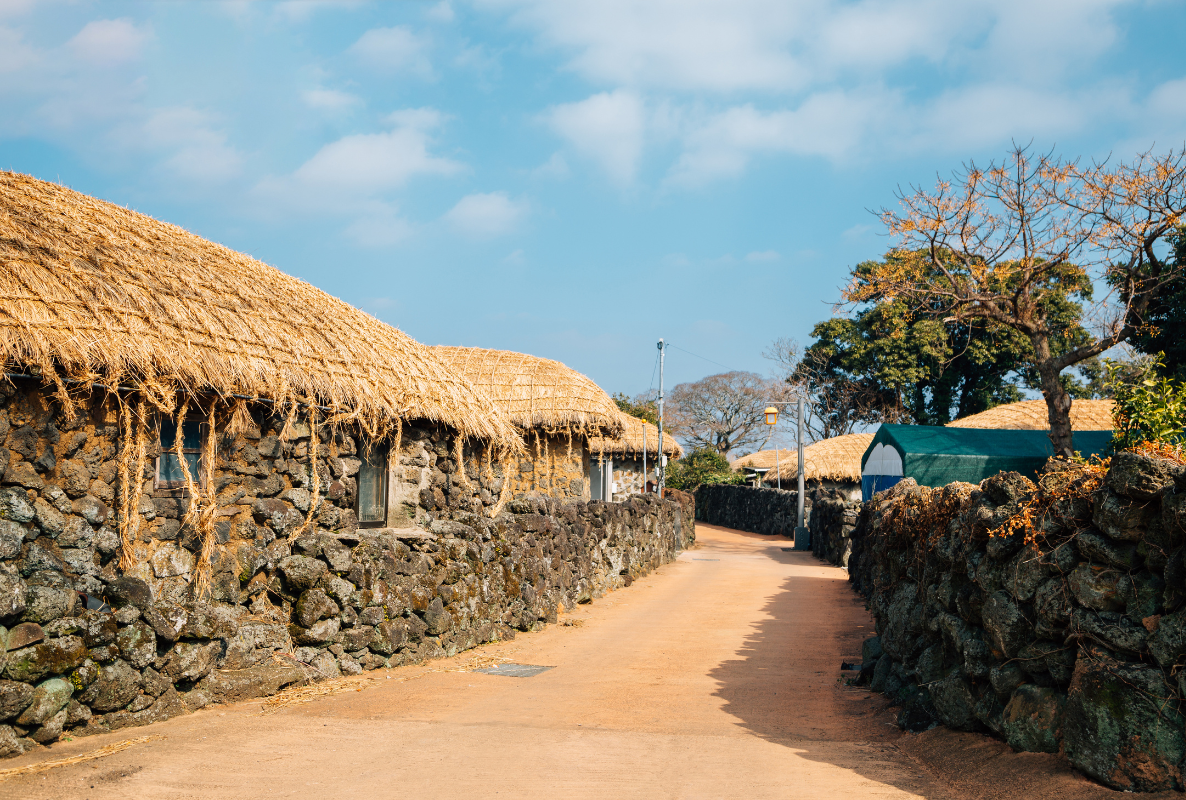
How to Get to Jeju Folk Village
Traveling to Jeju Folk Village is both straightforward and comfortable, making it an easy addition to your itinerary. Situated roughly 20 km from Jeju City, it offers convenient access from major points like the airport and city center. The most flexible and comfortable option is by rental car or taxi, especially if you're traveling with family, have luggage, or wish to explore at your own pace. This door-to-door method guarantees comfort and flexibility, allowing you to enjoy scenic views along the way. Alternatively, public transportation includes buses numbered 780 and 781, which depart from Jeju Intercity Bus Terminal. The journey takes approximately 40 minutes, and buses run regularly. To plan your trip smoothly, consult our detailed transport guide for real-time routes and schedules. For even greater convenience, consider pre-booking a rideshare or hotel transfer; both options are reliable and save you time waiting. Upon arrival, you'll step into a beautifully preserved world of traditional hanok houses, vibrant markets, and captivating folk performances that vividly recount Jeju’s rich cultural heritage. To ensure a stress-free visit, purchase your tickets online at laimi.com ahead of time. Planning ahead ensures you arrive relaxed and ready to immerse yourself in the island’s fascinating history and traditions.
Opening Hours & Best Times to Arrive
Jeju Folk Village offers visitors a spectacular cultural experience that is best enjoyed in the mild seasons of spring and fall. Planning your visit between March and May or September and November means you’ll enjoy comfortable temperatures and fewer crowds, making your trip more relaxing. During spring, the village is enhanced by blooming cherry blossoms, creating picture-perfect scenery that complements the traditional hanok houses and open-air museum ambiance. In the fall, the surroundings transform with vibrant autumn colors, adding warmth and beauty to your cultural exploration. Summers, particularly July and August, tend to be quite hot and humid, which can detract from the experience and increase visitor numbers. Additionally, typhoon season occurs from late September through November, potentially disrupting travel plans and village activities, so it’s wise to monitor weather forecasts closely. Public holidays in Korea can also lead to busier conditions, so consulting a local holiday calendar helps you avoid peak times for a smoother visit. The village operates daily from 9:00 am to 5:00 pm, offering ample time to explore its many traditional buildings, crafts demonstrations, and folk performances. To maximize your visit, consider arriving early in the morning when it is quieter, or later in the afternoon when crowds tend to thin out. Seasonal events or special performances may occasionally extend operating hours, so always check for the latest updates on laimi.com or the official Jeju Folk Village website before your trip.
| Days | Opening hours |
|---|---|
| Monday - Sunday | 9:00 am – 5:00 pm |
Remember, arrival timing can significantly impact your experience — early mornings offer peaceful strolls through the village, perfect for photography and soaking in the atmosphere, while afternoons bring a livelier vibe with performances and more visitors.
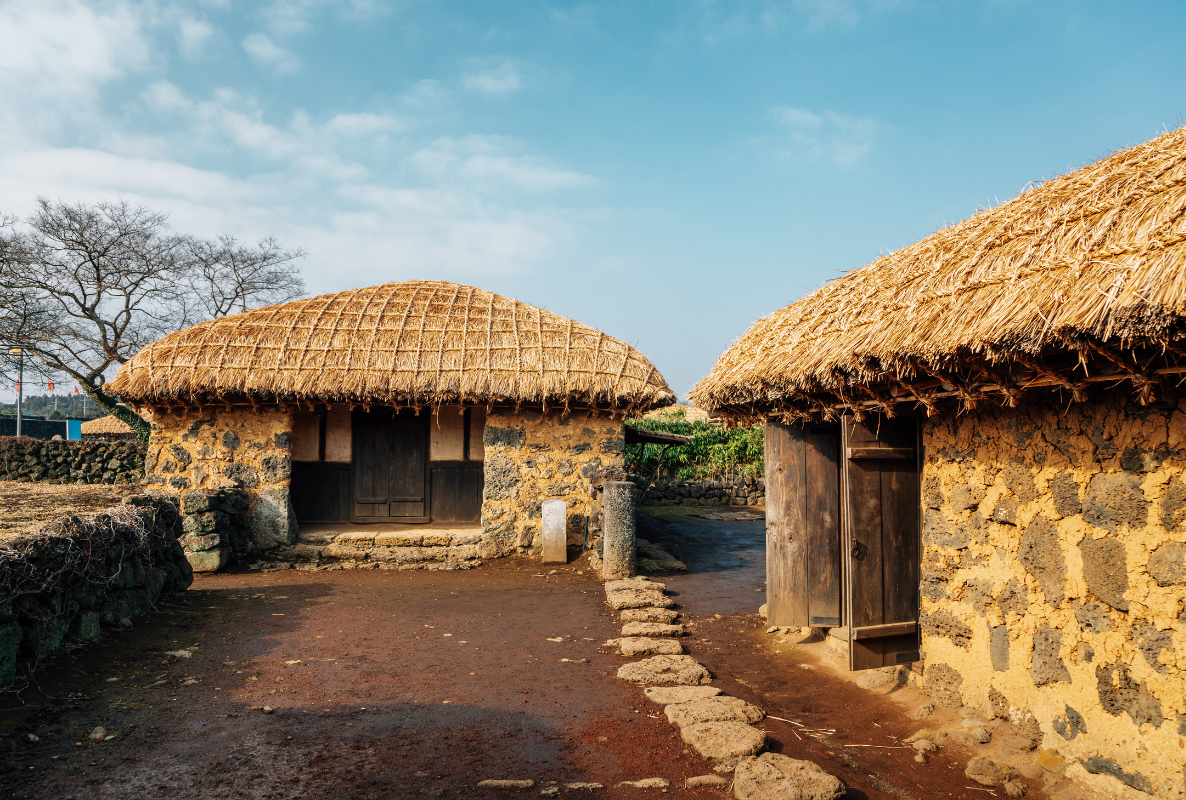
Top Things to Do Inside Jeju Folk Village
Inside Jeju Folk Village, visitors will discover a vibrant array of activities thoughtfully curated to preserve and showcase the rich cultural heritage of Jeju Island. As you stroll through the village, you’ll wander among traditional thatched-roof houses that offer a glimpse into the island’s architectural past. These houses, impeccably maintained, provide a unique backdrop for the lively folk performances that frequently take place, showcasing traditional music, dance, and storytelling that celebrate the island’s history and customs. Beyond the buildings themselves, the village features impressive stone sculptures and detailed farmstead exhibits that vividly bring the past to life. These displays offer visitors a fascinating window into the everyday lives of Jeju’s ancestors, from ancient farming techniques to household crafts. Families and children will particularly enjoy the hands-on craft workshops, where they can create traditional jewelry, pottery, or other cultural artifacts, fostering a deeper connection to Jeju’s traditions. One of the highlights is the folk reenactments, complete with authentic costumes, traditional music, and engaging performances that transport you back in time to old Jeju. For those looking for a bit more action, interactive exhibits and ride attractions add an exciting dimension to the visit, blending education with fun.
💡 Pro Tips:
- To enjoy an intimate experience, visit early in the morning when crowds are low and live demonstrations are at their peak.
- Check the schedule closely for special performances, which are often the highlight of any visit.
- Don’t forget to make use of the dedicated photo zones near the traditional houses, perfect spots to capture memorable moments of your cultural journey.
This blend of history, culture, and interactive fun makes Jeju Folk Village a must-see destination for visitors of all ages.
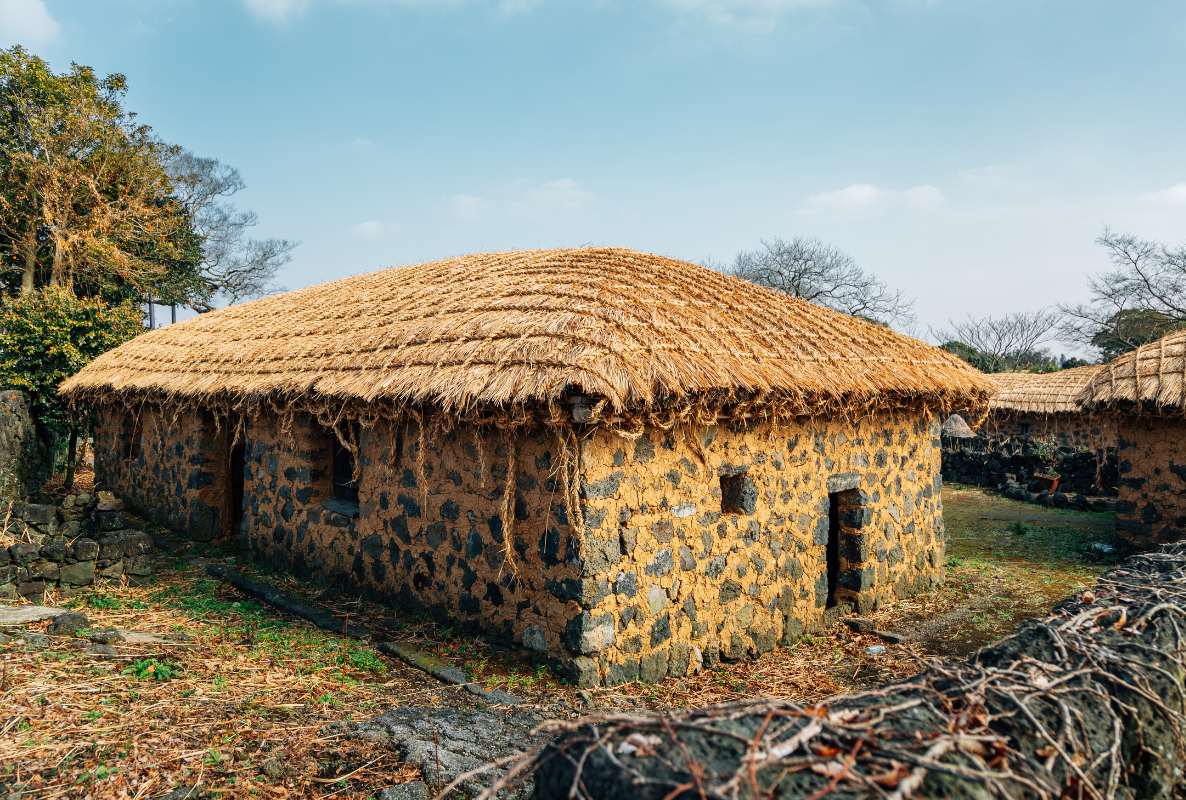
Souvenirs & Local Crafts at Jeju Folk Village
At Jeju Folk Village, the gift shops offer a superb collection of locally crafted souvenirs that truly represent Jeju’s traditional artistry. Among the highlights are delicate pottery pieces with simple, elegant designs that echo the island’s natural beauty. Another unique offering is the traditional thobok quilts, made from colorful fabric scraps sewn together in intricate patterns, perfect as thoughtful and authentic gifts. Additionally, you can find handwoven textiles and folk paintings that vividly showcase Jeju’s cultural identity and craftsmanship. Prices can vary, but the high quality of these items ensures they make cherished keepsakes. For the best shopping experience, head to the main entrance area’s craft market, where artisans frequently demonstrate their skills, letting you witness firsthand the dedication behind each piece. The central marketplace inside the village is another excellent spot, featuring shops run by local craftsmen who often engage visitors with stories behind their work. Near the traditional hanok houses, you’ll also find small boutiques selling unique handmade accessories and miniature replicas of village structures. Purchasing souvenirs here not only supports the talented local artisans but also deepens your connection to Jeju’s heritage. For travelers eager to bring home meaningful reminders steeped in history and artistry, the gifts from Jeju Folk Village offer an unparalleled blend of beauty and tradition.
Food & Drink Options at Jeju Folk Village
The culinary offerings at Jeju Folk Village transform mealtime into a memorable part of your visit. One standout spot is The Black Pig Grill, famed for serving some of the best Jeju black pork barbecue in the village. The smoky, tender cuts offer a flavor that’s deeply satisfying and unforgettable. For seafood lovers, Seaside Bites is a must-visit, featuring fresh local catches like grilled fish and squid, with the tantalizing aroma carried by the gentle sea breeze inviting you closer. When it’s time for dessert, Traditional Sweets awaits, delighting visitors with handmade rice cakes and aromatic traditional teas brewed from native herbs, perfect for savoring authentic Jeju flavors. Family-friendly and with quick service, these food stalls make for convenient and reasonably priced dining options that revive your energy for further exploring or enjoying cultural performances. Don’t miss refreshing herbal and fruit drinks at Cooling Teahouse, a welcome respite from warmer weather.
💡 Pro Tips:
- To ensure you get the freshest snacks, visit early in the day before peak crowds arrive.
- Many vendors now support mobile ordering for added convenience, keep your phone handy.
For the most authentic taste of local cuisine, avoid heavily processed options and opt for the genuine village specialties that make your visit truly immersive. These culinary experiences perfectly complement the cultural journey at Jeju Folk Village, making your visit not only educational but deliciously satisfying.

Cultural Performances & Events at Jeju Folk Village
Jeju Folk Village is a vibrant center of traditional culture where visitors can immerse themselves in a year-round calendar of engaging performances and unique local events. The atmosphere is alive with the rhythmic beats of traditional drums, the melodic strings of the haegeum, and the lively movements of dancers adorned in colorful costumes distinctive to Jeju. These performers bring ancient customs to life, including shamanistic rituals, traditional wedding ceremonies, and folk games such as yutnori and pitch-pot, providing an immersive cultural experience for all ages. Beyond daily performances, the village hosts special seasonal festivals like the Jeju Tamna Culture Festival and traditional Chuseok celebrations that amplify the festive spirit with additional crafts, food stalls, and participatory activities. Visitors can enjoy hands-on workshops, games, and folk storytelling, deepening their appreciation of Jeju’s rich heritage. The authentic costumes and vibrant music combine to create an atmosphere that feels both educational and celebratory, perfect for cultural enthusiasts and families alike. For optimal experience, check the latest event schedules on laimi.com or the official village website. Planning your visit around these cultural events lets you witness the full depth of Jeju's traditions. Don’t miss the chance to dress in traditional hanbok or Jeju-style garments available for rent within the village, adding a memorable visual dimension to your visit. This makes for unforgettable photos and a deeper connection to Jeju’s heritage, enhancing the overall cultural immersion.
Ticket Tips & Visitor Info
When planning your visit to Jeju Folk Village, knowing ticket options and visitor guidelines can make your experience seamless and enjoyable. Entrance tickets are priced at approximately $15 (about 15,000 KRW) for foreigners, with the same rate applying to both adults and children. Infants under 48 months enter free of charge, but a valid ID is required for age verification. 🎟️ Options include single-day entry, group discounts, and combo passes that often bundle access to rides and other activities. Purchasing tickets online through laimi.com ahead of time is highly recommended, it saves waiting in lines and guarantees your spot. Entry requires scanning a QR code or ticket, so have your phone ready on arrival. The village usually opens around 9:30 AM, with closing hours between 5:00 and 7:00 PM depending on the season. Be aware that re-entry isn’t permitted, so plan your meals and breaks accordingly. Restrictions such as no large bags or outside food are common, so check official policies before your visit.
💡 Pro Tips:
- Book early, especially during busy seasons or holidays, to secure availability.
- Arriving at opening time can help you avoid crowds and enjoy cooler morning hours.
- Always use the official ticket page link for the best prices and up-to-date options.
This preparation ensures a smooth, stress-free entry that lets you focus on soaking up the rich culture and beautiful surroundings of Jeju Folk Village.

Who Is It Best For?
If you’re visiting Jeju Island, consider making Jeju Folk Village a must-see stop. This living museum offers something for everyone—families with kids will love the interactive farm activities and lively costumed reenactments that bring Jeju’s rural past to life. Children can try their hand at traditional farming techniques or play folk games, while adults enjoy peaceful walks through over 100 preserved traditional homes with iconic thatched roofs and lava stone walls. Couples seeking a romantic, cultural outing will appreciate the serene atmosphere, authentic local performances, and opportunities to dress in colorful hanbok and Jeju-style costumes for memorable photos. Accessibility is good overall; most areas are stroller- and senior-friendly, although some walking and steps are involved, so comfortable shoes are recommended. Visitors who prefer calm, culturally rich experiences rather than busy theme parks often praise the village’s tranquil vibe and educational value. Beyond just sightseeing, you can join craft workshops, traditional cooking classes, and participate in cultural festivals. There’s plenty of photo-worthy scenery, from stone-walled alleys to lush gardens. Whether you’re a history enthusiast, culture lover, or someone seeking a relaxing day immersed in nature and tradition, the folk village offers a delightful blend of authenticity, history, and fun. It’s a cultural gem that enriches any Jeju itinerary with lasting memories.

Wrapping Up a Visit to Jeju Folk Village
Visiting Jeju Folk Village offers a charming escape into Korea’s rich cultural heritage and is often described as a highlight of any trip to Jeju Island. The authentic atmosphere, welcoming locals, and beautifully preserved traditional thatched-roof houses create an immersive experience that transports you back to the 19th century. Even during busier times, the village maintains a peaceful vibe—arriving early in the day helps you beat crowds and enjoy a calmer exploration. Strolling through the village, you’ll find more than 100 historic homes, folk museums, and cultural exhibitions showcasing Jeju’s unique lifestyle and customs. Beyond just walking tours, the village offers engaging cultural performances, traditional craft workshops, and hands-on farming experiences that bring history to life. Nearby food stalls serve local specialties, making it easy to refuel without leaving the area. Staying near the village allows you to maximize your visit and soak in the tranquil scenery. To capture the essence of Jeju’s traditions fully, plan to spend several hours here, whether you’re a history buff, culture seeker, or nature lover. The combination of historical insight, scenic beauty, and interactive experiences ensures you’ll leave with a deeper appreciation of Jeju Island’s heritage and a lasting memory of its warmth and authenticity.

